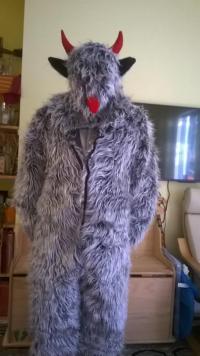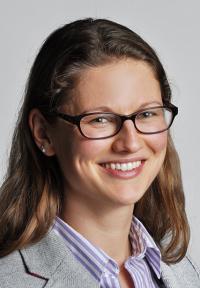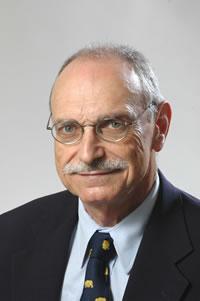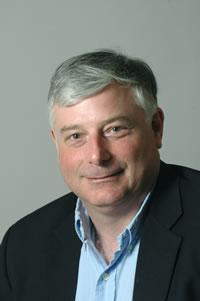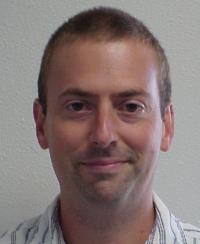Archive for October 2016
Materials Walk Through Hell (High Temperatures)
SPEAKER: KRAMPUS DEMON, SEVENTH GATE, HELL DATE/TIME: MON, 10/31/2016 – 4:00PM TO 5:00PM LOCATION: 3105 ETCHEVERRY HALL Fall 2016 Colloquium Series Abstract: It is Halloween; clowns, villains, demons and devils are on the streets asking for treats. We all have our idea of fear and horror, however many materials are born in a truly hellish environment, moving through 6…
Read MoreAsk Me Anything
SPEAKER: PROFESSOR RACHEL SLAYBAUGH DEPARTMENT OF NUCLEAR ENGINEERING UNIVERSITY OF CALIFORNIA, BERKELEY DATE/TIME: MON, 10/24/2016 – 4:00PM TO 5:00PM LOCATION: 3105 ETCHEVERRY HALL Fall 2016 Colloquium Series Abstract: Rachel Slaybaugh is an assistant professor of nuclear engineering at the University of California, Berkeley. Slaybaugh received a BS in nuclear engineering from Penn State in 2006 where she served as…
Read MoreEthics, Risk and Safety: Nuclear Engineering Then and Now
SPEAKER: PROFESSOR WILLIAM E. KASTENBERG DANIEL M. TELLEP DISTINGUISHED PROFESSOR OF ENGINEERING, EMERITUS UNIVERSITY OF CALIFORNIA, BERKELEY DATE/TIME: MON, 10/17/2016 – 4:00PM TO 5:00PM LOCATION: 3105 ETCHEVERRY HALL Fall 2016 Colloquium Series Abstract: Ethics, risk and safety are three key aspects of nuclear science and engineering that occur in the pursuit of energy, the detection, treatment and cure…
Read MoreApproaching Forty…
SPEAKER: PROFESSOR EDWARD C. MORSE PROFESSOR NUCLEAR ENGINEERING UNIVERSITY OF CALIFORNIA, BERKELEY DATE/TIME: MON, 10/10/2016 – 4:00PM TO 5:00PM LOCATION: 3105 ETCHEVERRY HALL Fall 2016 Colloquium Series Abstract: Approaching Forty…Years on the faculty of the Nuclear Engineering Department, that is. A great deal has changed since this time in 1978 when I was appointed as an Assistant Professor…
Read MoreThe Challenges and Rewards of Operating a University Nuclear Reactor
SPEAKER: DR. WESLEY FREY FACILITY DIRECTOR, UC DAVIS MCCLELLAN NUCLEAR RESEARCH CENTER DATE/TIME: MON, 10/03/2016 – 4:00PM TO 5:00PM LOCATION: 3105 ETCHEVERRY HALL Fall 2016 Colloquium Series Abstract: The McClellan Nuclear Research Center (MNRC) is home to a 2.0 MegaWatt Training Research Isotope built by General Atomic (TRIGA) nuclear reactor. The reactor is the newest research reactor in the United States and is the third…
Read More